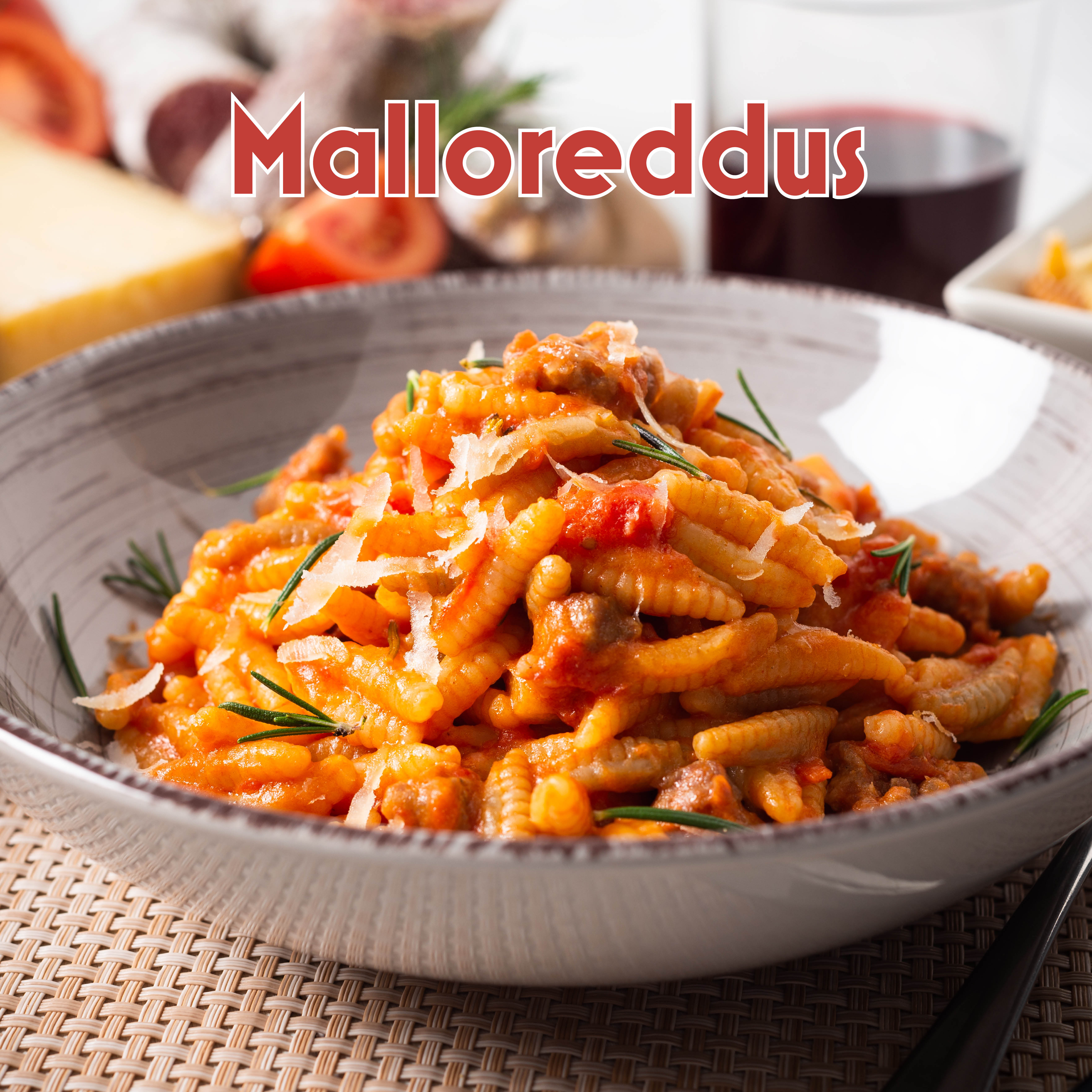Sardinia
Sardinia is a region encompassing an island located to the west of the Italian peninsula and just south of the French island of Corsica. Sardinia is the second largest island in the Mediterranean and its capital city is Cagliari. Many describe the region as a “micro-climate” because of a large variety of ecosystems including mountains, woods, plains, streams, rocky coasts, sandy beaches, and many large uninhabited territories. Travelers know the island for it’s beautiful and untouched landscapes despite evidence of habitation since the paleolithic era.
Today the island is successful in agriculture but is limited to specific products due to soil and water conditions. Some of those products include wine, olive oil, artichokes, tomatoes, and grapes. Grains like oats and barley are produced in some plains, and cork oak is grown in large quantity with 40% being exported around the world. Sardinia has one of the highest densities of sheep in the world, serving as home to around 4 million of them. As a result a lot of cheese is produced here. Pecorino Romano, though it was not originally from the region, is one of the most produced varieties and is largely exported. Some famous foods of Sardinia include Penadas (similar to empanadas, influence from a history of Spanish rule), Fregula, Malloreddus, Culurgiones (pasta dumpling), and Lumache (snails in tangy tomato and red pepper sauce)
- 12 oz gnocchetti sardi (malloreddus)
- 6 oz Glorioso’s Bulk Italian Sausage
- 12 oz 6 in 1 or Vantia San Marzano canned tomatoes, diced
- 1 shallot, finely chopped
- 1 pinch of chilli flakes
- Handful of myrtle leaves (if not available substitute with 1 bay leaf)
- 2 tbsp extra virgin olive oil
- Glorioso’s Pecorino Cheese, grated
- Salt to taste
Place a large skillet pan over medium heat, add olive oil and finely chopped shallot. Saute for a couple minutes, add crumbled sausage. Cook for another 2 minutes. Beat it down into small bits as it cooks. Add canned tomatoes, lower the heat and let simmer for a few minutes.
Add myrtle leaves or bay leaf and continue to cook until the sauce thickens. Add salt to taste.
While the sauce is cooking bring pasta to boil. Cook according to the direction on the package,. Reserve a cup of pasta water and drain the pasta.
Toss and turn pasta in the pan with the sauce. Add a bit of cooking liquid if pasta feels too dry.
Turn off heat and sprinkle with freshly grated Pecorino. Add more Pecorino to individual servings based on taste.
